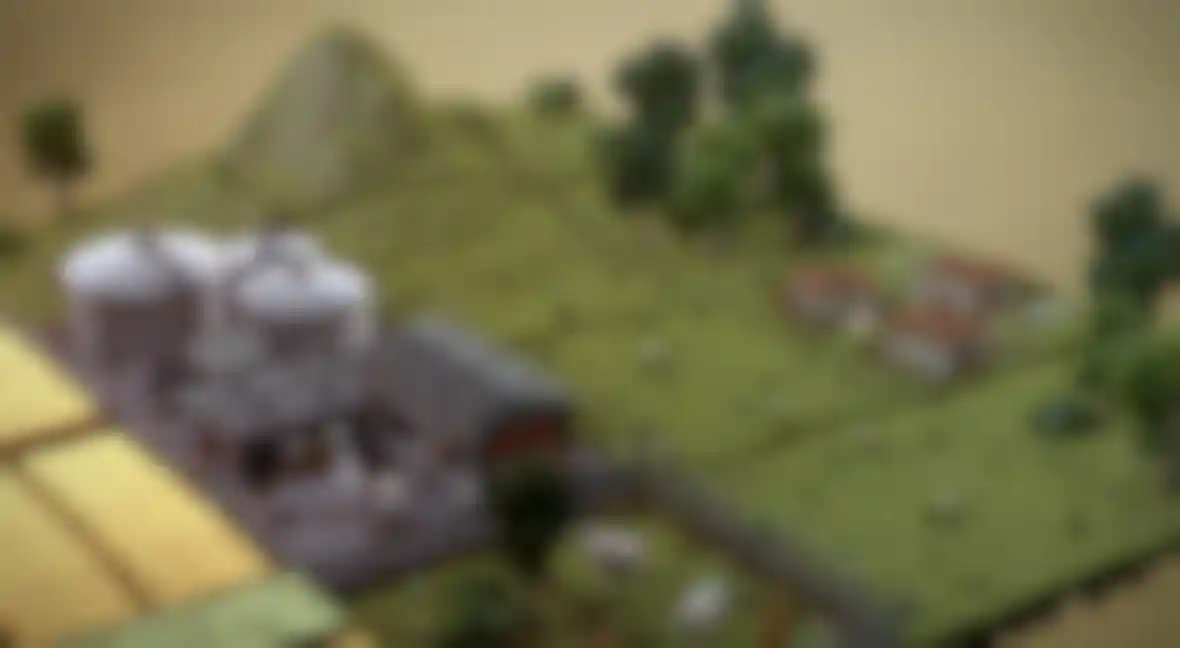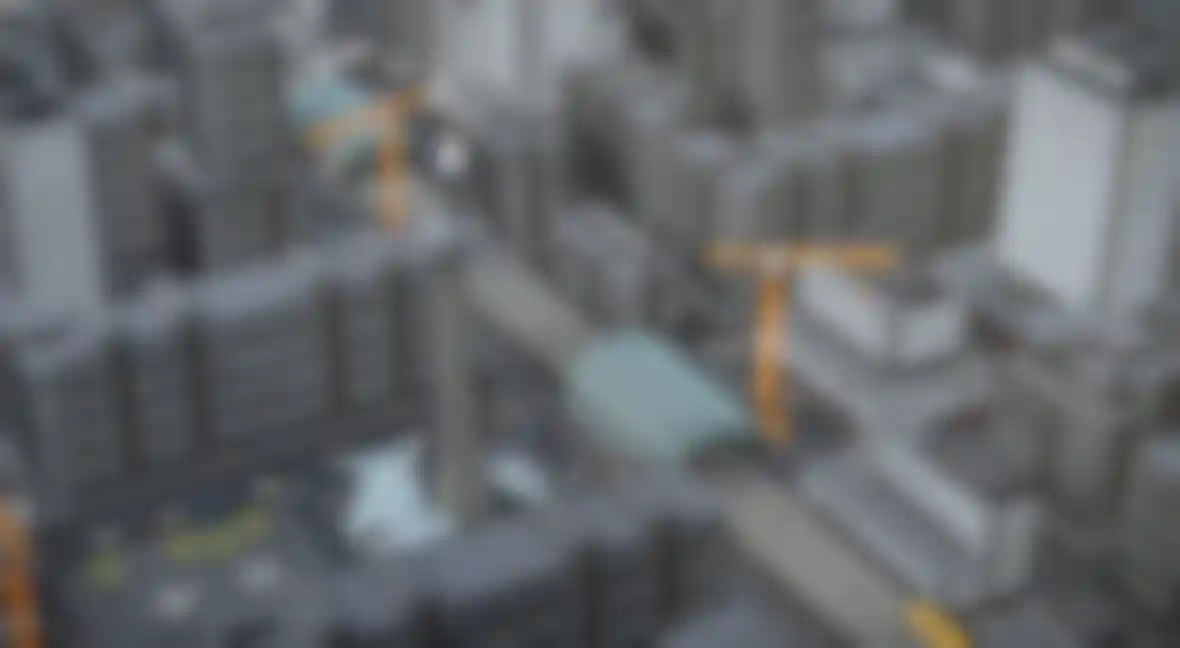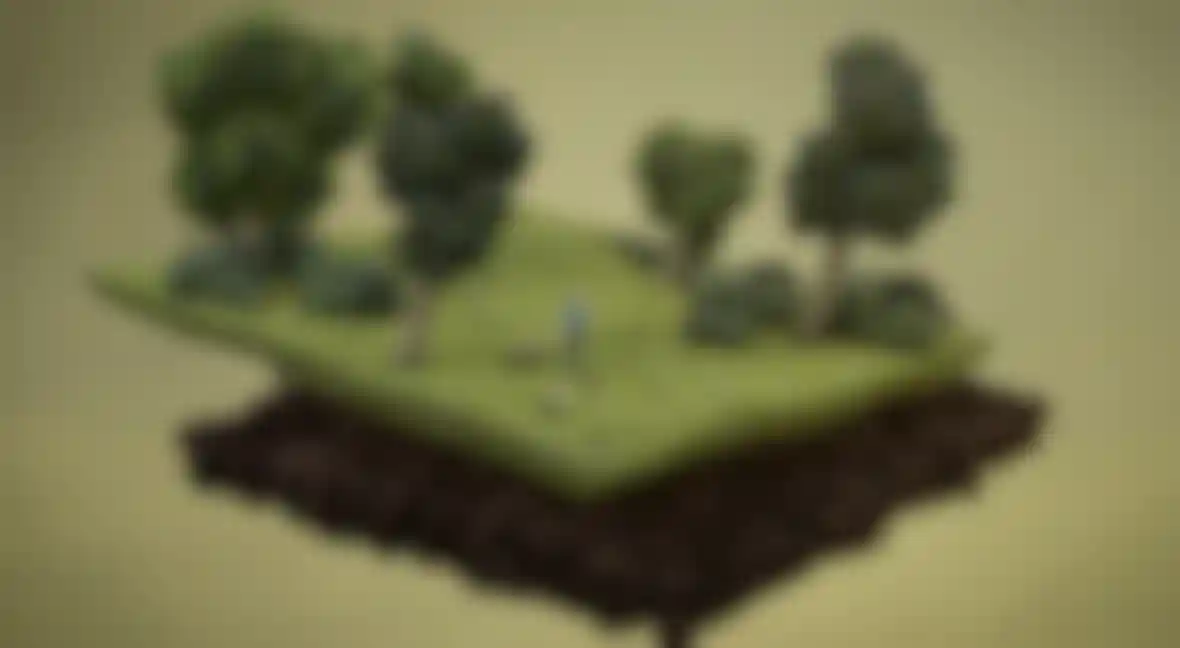
Down-to-Earth Giving the Earth a starring role in a film was quite a challenge for artist Uli Henrik Streckenbach but he used Maxon Cinema 4D to find a unique solution that won him a prize at this year's animago AWARDS.
The Earth below our feet: a topic that is more complex that it appears! When the IASS (Institute for Advanced Sustainability Studies) in Potsdam, Germany, gave Uli the job of creating a 5-minute informational visualization, he saw himself confronted with the challenge of putting a faceless character into the limelight. What's more, the film's content that had to be conveyed was so complex that a realistic depiction would in fact be counterproductive because it would not convey the message in a visually concise manner.
This film was also part of a series of informational films that Uli had created, which meant that its look would have to match the previous films. These previous films had been created using a different 3D software - and this new film was going to be created using Cinema 4D, which Uli had started using only months earlier. In short, the film's look had already been defined and had to be maintained to ensure a coherent look for the series.
Uli mastered the task of depicting the Earth's various layers by using a square section of Earth with stylized depictions of its different layers such as vegetation, soil and subsoil. This square segment is then multiplied and puzzled together to create larger areas while constantly maintaining the segmented look. Cinema 4D's Grid Array cloner and various Effectors were used to create this part of the animation.
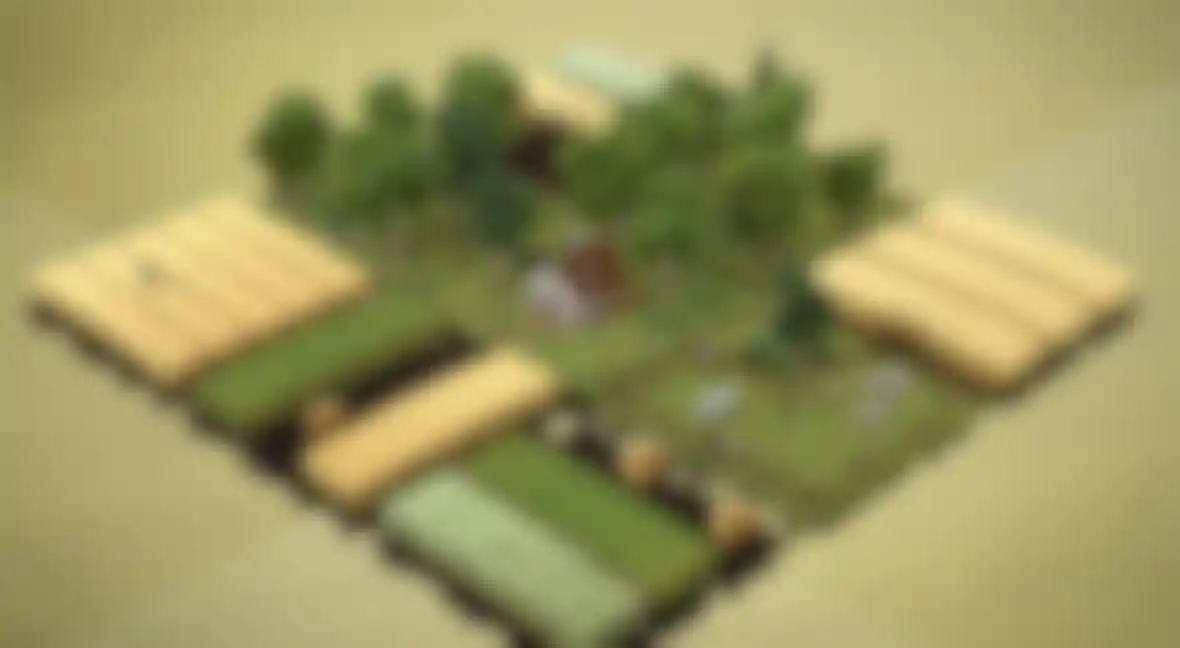
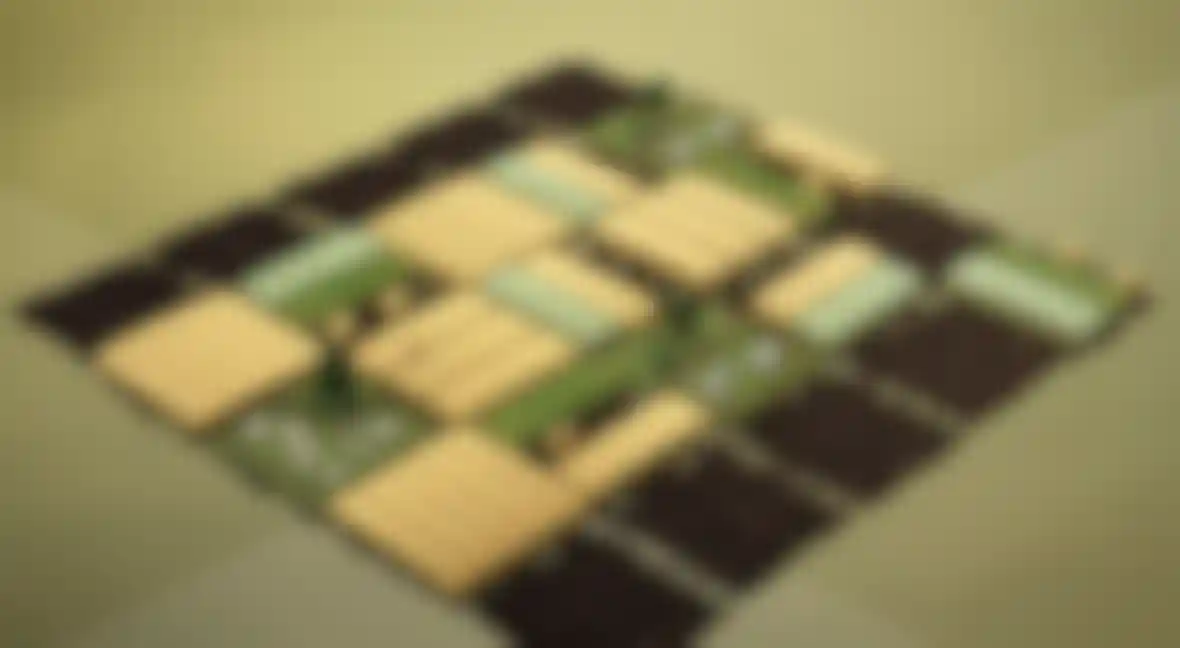
Throughout the film, elements such as stones are ground or decomposed, which was done using the Thrausi plugin for Cinema 4D. This plugin makes it possible to break an object down into a definable number of pieces, which can subsequently be re-used as part of a physical simulation. The free plugin Steady Bake was then used to bake the simulation in an animation, which made subsequent tasks easier to handle, e.g., when moving these animations along the Timeline.
'Let's Talk About Soil' was the first major project for which Uli used Cinema 4D - less than three months after being introduced to the software. It was easy for him to implement the innovative realization and unique style that had already been developed for this project. The fact that Uli was able to so quickly create award-winning work with a new software application speaks not only for the artist's outstanding abilities but for Cinema 4D as well.
Uli Henrik Streckenbachs Website:
https://streckenbach.tv/

